I have a hourly PM10 dataset for 81 observation named "seoul032823". You can download from Here. I have performed ordinary kriging on this dataset and also got spatial map for kriging prediction. I also can show the observation data points on country map. But I cant overlap the kriging spatial prediction map on country map.
What I want to do: I want to overlap my spatial prediction map on south Korea map (not whole south korea). My area of interest is latitude 37.2N to 37.7N & Longitude 126.6E to 127.2E. That means I need to crop this area from Korea map and overlap the prediction map upon this. I also need to show the original observation data points which will follow the colour of spatial map according to concentration values.
For example, I want this type of map:

My R code for kriging, and showing datapoint on korea map:
library(sp)
library(gstat)
library(automap)
library(rgdal)
library(e1071)
library(dplyr)
library(lattice)
seoul032823 <- read.csv ("seoul032823.csv")
#plotting the pm10 data on Korea Map
library(ggplot2)
library(raster)
seoul032823 <- read.csv ("seoul032823.csv")
skorea<- getData("GADM", country= "KOR", level=1)
plot(skorea)
skorea<- fortify(skorea)
ggplot()+
geom_map(data= skorea, map= skorea, aes(x=long,y=lat,map_id=id,group=group),
fill=NA, colour="black") +
geom_point(data=seoul032823, aes(x=LON, y=LAT),
colour= "red", alpha=0.7,na.rm=T) +
#scale_size(range=c(2,4))+
labs(title= "PM10 Concentration in Seoul Area at South Korea",
x="Longitude", y= "Latitude", size="PM10(microgm/m3)")+
theme(title= element_text(hjust = 0.5,vjust = 1,face= c("bold")))
# Reprojection
coordinates(seoul032823) <- ~LON+LAT
proj4string(seoul032823) <- "+proj=longlat +datum=WGS84"
seoul032823 <- spTransform(seoul032823, CRS("+proj=utm +north +zone=52 +datum=WGS84"))
#Creating the grid for Kriging
LON.range <- range(as.integer(seoul032823@coords[,1 ])) + c(0,1)
LAT.range <- range(as.integer(seoul032823@coords[,2 ]))
seoul032823.grid <- expand.grid(LON = seq(from = LON.range[1], to = LON.range[2], by = 1500),
LAT = seq(from = LAT.range[1], to = LAT.range[2], by = 1500))
plot(seoul032823.grid)
points(seoul032823, pch= 16,col="red")
coordinates(seoul032823.grid)<- ~LON+LAT
gridded(seoul032823.grid)<- T
plot(seoul032823.grid)
points(seoul032823, pch= 16,col="red")
# kriging spatial prediction map
seoul032823_OK<- autoKrige(formula = PM10~1,input_data = seoul032823, new_data = seoul032823.grid )
pts.s <- list("sp.points", seoul032823, col = "red", pch = 16)
automapPlot(seoul032823_OK$krige_output, "var1.pred", asp = 1,
sp.layout = list(pts.s), main = " Kriging Prediction")
I have used automap package for kriging and ggplot2 for plotting Korea map.

